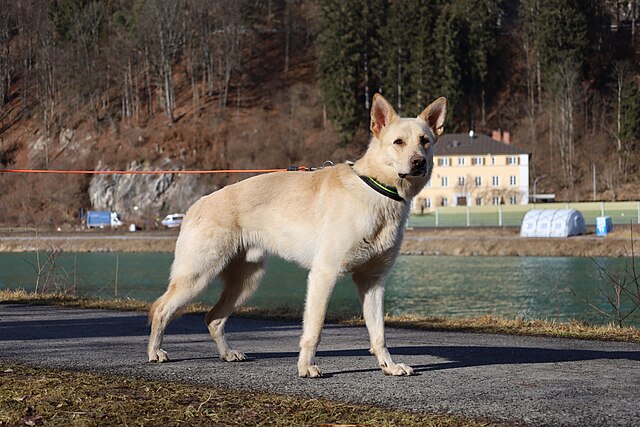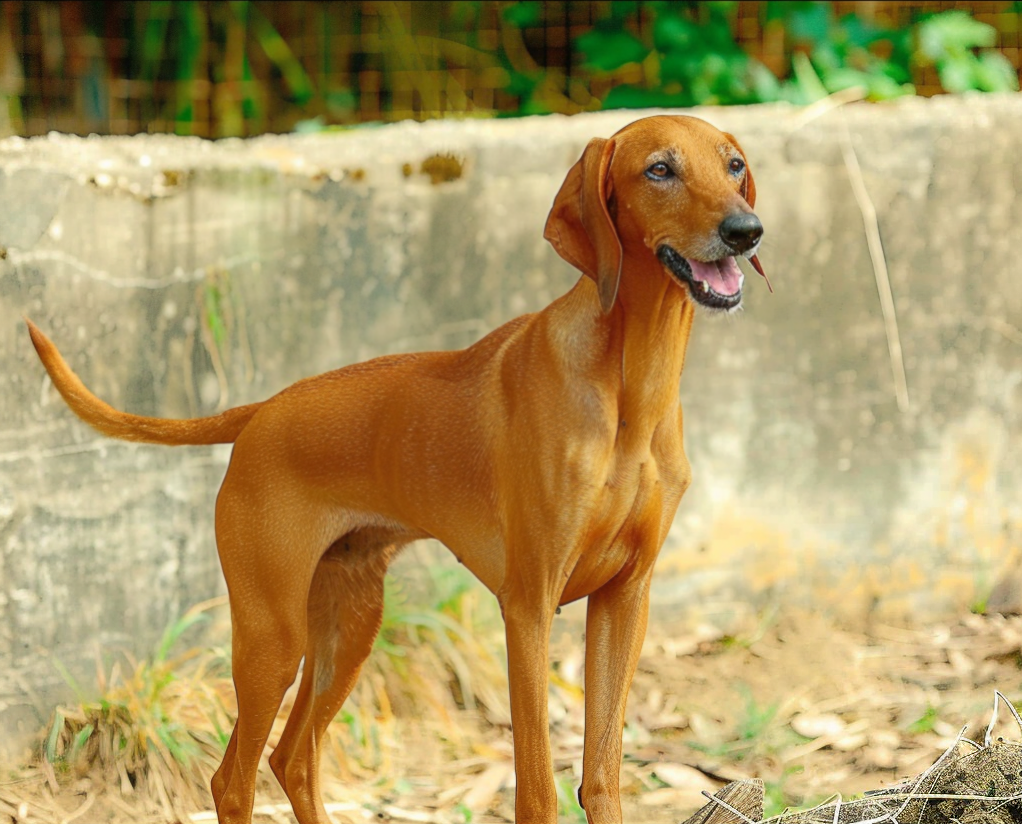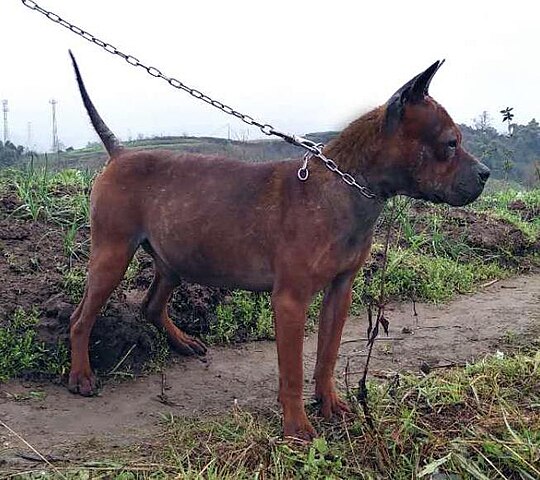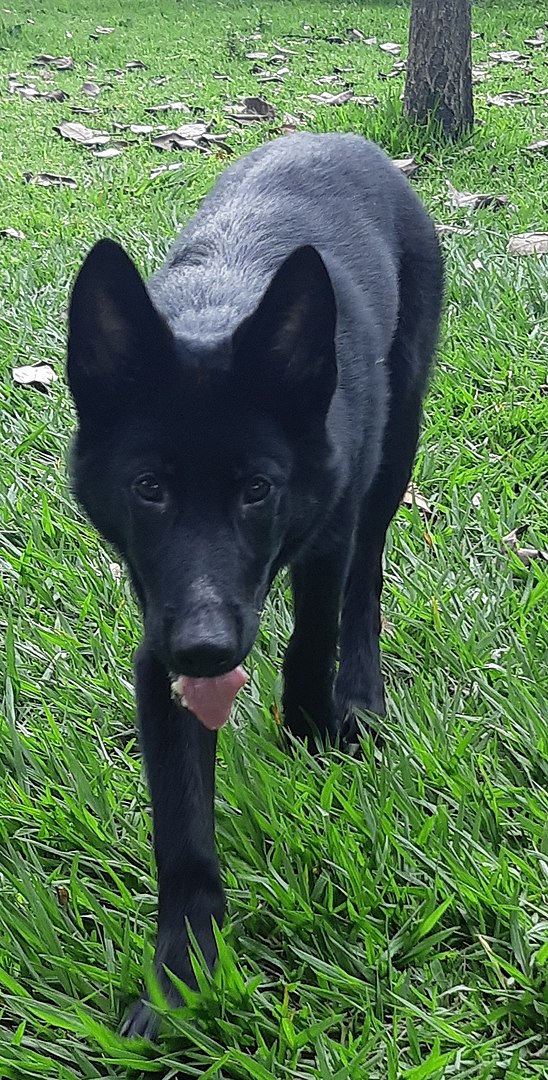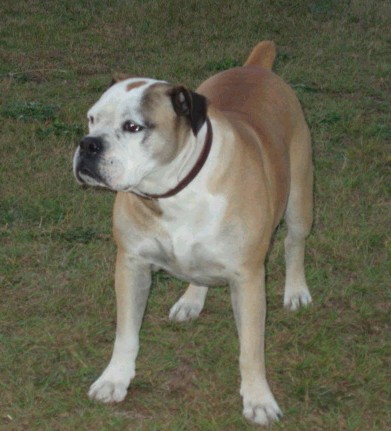The Mucuchies hails from the mountains of Venezuala, where it is the only dog breed native to the country. Descendants of the dogs brought by Spanish Conquistadors in the 1500s and 1600s – their early heritage probably consisted of Pyrenean Mastiff, Spanish Mastiff, Great Pyrenees and Algerian Mastiff which then mixed with local dogs. Later on it is thought that (English) Mastiffs might have been added. Like their ancestors, they are natural livestock guardians and protectors of their families, and they have herding instincts as well. Although they have been around since before the 19th century and were once popular, nowadays they are sadly very rare. Fanciers, in particular a group called the Navado Foundation, have been making an effort to revive the breed so that they don’t go completely extinct.
Mucuchies are known for being confident and brave, and in fact it was these traits which originally set the breed on the path to popularity. In the 1800’s a man named Simon Bolivar (a Venezuelan soldier who led revolutions against Spanish rule) came upon a puppy in the town of Mucuchies which would not let him nor his men get too close to the gate of his master’s property. Bolivar was impressed with this puppy’s courageous attitude and the puppy’s owner ended up gifting him to the man. The puppy was later named Navado (meaning snow), and accompanied his new owner on the campaign for independence, even saving his life on numerous occasions! Tragically Navado was eventually killed in battle, however he had played his part in the quest for independence which led to the local popularity of the breed!
The Mucuchies should never live a life of solitude as he can develop severe separation anxiety or even become aggressive. This is a breed that bonds very strongly to his family and must have enough regular contact with them in order to be “ok” and happy. He is incredibly loyal and faithful but is also sensitive in this regard. With children he is protective and can even be overprotective, so socialization with other people is vital to ensure he develops appropriately. He fits best into a home where his family is home regularly, and children are at least big enough not to get bowled over by his rambunctiousness! Overall he is affectionate and loving, but has the capability for being a fierce protector if needed.
The Mucuchies needs a job to do and benefits from training. Know that he can be stubborn when bored, and therefore does best with training that is divided into many short sessions (versus a long drawn-out session). Keep the training interesting and incorporate different challenges as you go. He is far too intelligent to just repeat the same things over and over, so while the act of training does need a certain amount of repetition, there are ways of doing so while incorporating novelty into the sessions. Make it fun and you will see that he is indeed trainable!
The Mucuchies needs a fair amount of exercise every day – at least 45 minutes of enthusiastic exercise as he is quite active! This said, an owner does need to be mindful of the type of exercise given to growing puppies. Like other large breeds, certain activities can be too much for the joints of a young dog (such as too much running on a hard surface or repetitive jumping). Once the dog has fully grown these activities are ok, but caution should be taken until then. Otherwise, giving the young dog access to a grassy, fenced yard should be helpful. This is a breed that is best kept in a home with a backyard as compared to an apartment, and as their thick coat is very well-suited to cold mountain weather they do best in colder climates.
The Mucuchies is a large dog with a double coat which is medium-long in length and very dense. It can be wavy but never curly, and is always predominately white with black, gray or honey markings. This coat does need regular brushing, as he is known to shed quite profusely in the hotter seasons. He needs a bath much less frequently although since baths can help “move the shedding process along”, can be bathed more frequently as long as a good quality dog shampoo is used.
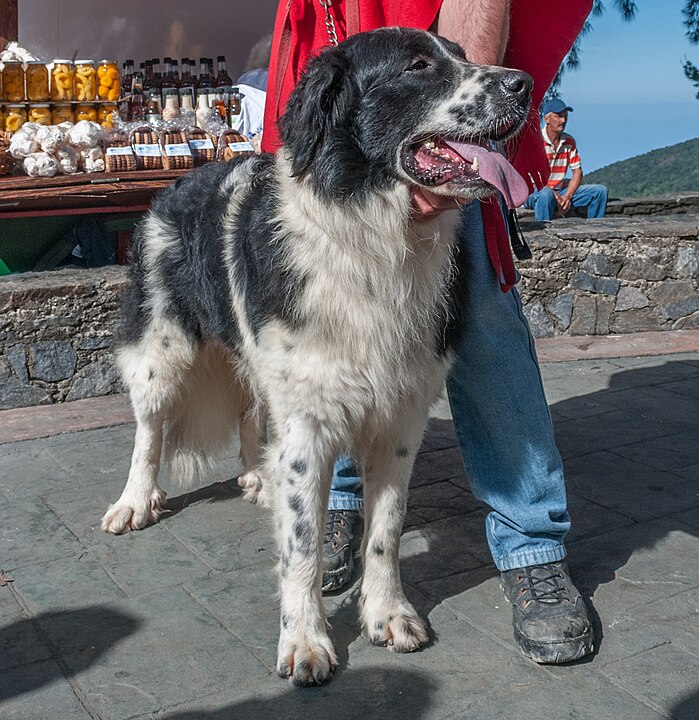
Photo By Wilfredor

